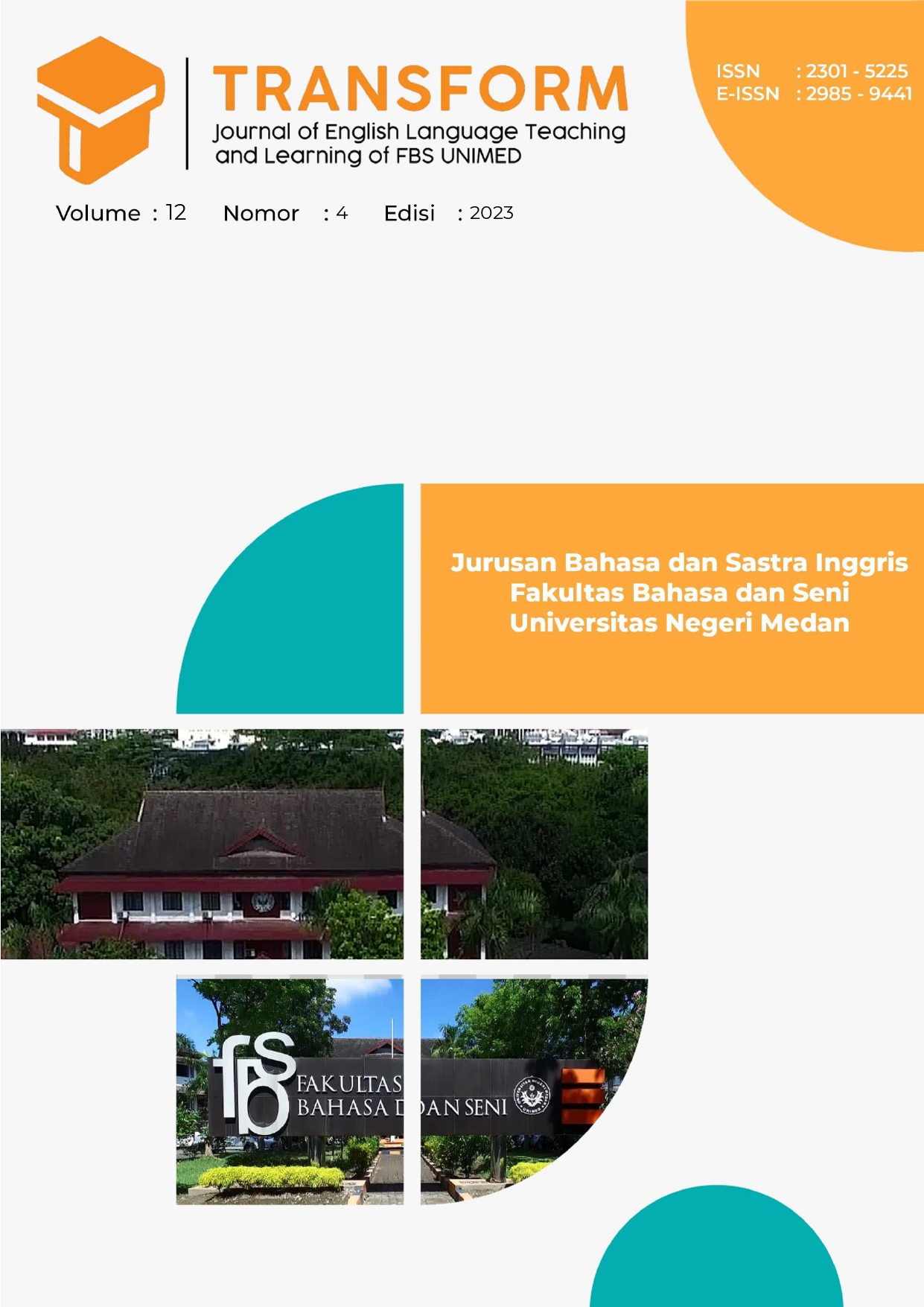Analysis of Hate Speech in Howard Stern Show
DOI:
https://doi.org/10.24114/tj.v12i4.57579Keywords:
Hate Speech, Howard Stern Show, InstagramAbstract
The phenomenon of hate speech is increasingly widespread in the digital era, due to the increasing number of people expressing opinions, suggestions and criticisms through internet platforms. This study aims to elucidate the types of hate speech, to evaluate realization and explain the reason of hate speech in Howard Stern Show Instagram comments. This study used a descriptive qualitative method using the theory of types of hate speech by Mondal (2017) and realization or intentions by Kreidler (2002). The research data are in the form of comments from the Howard Stern Show Instagram account. This research shows that there were 71 data that have been found, from all the data there were 5 types of hate speech out of 10 types, namely 29 comments (40,8 %) for type of Behavior, 16 comments (22,5%) for type of Physical, 5 comments (7,0%) for type of Sexual Orientation, 2 comments (2,8%) for type of Class and 19 comments (26,7%) for type of other. However, for the realizations or intentions of hate speech, all comments contain all intentions that can be categorized. There were 24 comments (33.8%) with the intention of mocking, 4 comments (5.6%) with the intention of accusing, 2 comments (2.8%) with the intention of blaming, 34 comments (47.9%) with the intention of insulting and 7 comments (9.9%) for the intention of insinuating. In general, the reasons someone gives hate speech was due to three things namely in the commentator there is negative prejudice against certain people or groups, then hate speech can come from someone who has trolling behavior, and finally hate speech is also driven by conditions in the internet world. Therefore, it was concluded that there were many comments containing hate speech in the comments column in one of Howard Stern Show's Instagram posts.Downloads
Published
2024-04-25
Issue
Section
Articles
License
Copyright (c) 2024 Sri Rahayu, Citra Anggia Puteri

This work is licensed under a Creative Commons Attribution-ShareAlike 4.0 International License.
Authors who publish with this journal agree with the following terms:
- Authors retain copyright and grant the journal right of first publication with the work simultaneously licensed under a Creative Commons Attribution License that allows others to share the work with an acknowledgment of the work's authorship and initial publication in this journal.
- Authors are able to enter into separate, additional contractual arrangements for the non-exclusive distribution of the journal's published version of the work (e.g., post it to an institutional repository or publish it in a book), with an acknowledgment of its initial publication in this journal.
- Authors are permitted and encouraged to post their work online (e.g., in institutional repositories or on their website) prior to and during the submission process, as it can lead to productive exchanges, as well as earlier and greater citation of published work (See The Effect of Open Access).
- This work is licensed under a Creative Commons Attribution-ShareAlike 4.0 International License.

This work is licensed under a Creative Commons Attribution-NonCommercial-ShareAlike 4.0 International License.



